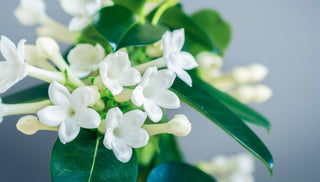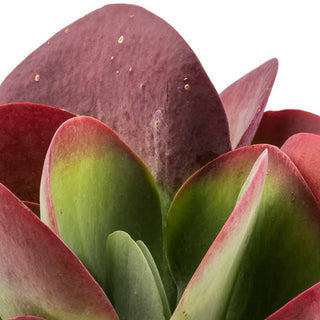☘ Origin: Tropical rainforests of Colombia, Guatemala and Brazil
☘ Botanical Name: Anthurium Andraeanum
☘ Family: Araceae
☘ Common Name: Flamingo Lily
Symbolism: In ancient Greece, the flowers of Anthurium were Cupid’s arrows who could make people fall in love. Despite the history of flower lovers, gifting an Anthurium in person shows the sincere, pure, strong feelings of friendship towards the recipient.
🍃 Shop Your Flamingo Lily Plant Today!
🔆 Light
Place your Anthurium in a warm, well-lit spot. The more light the plant receives, the more flowers your plant will produce, but never expose it to direct sunlight.
Give your plant a turn every few days to expose all sides to light for even growth from all sides.
💧 Water
Keep the soil lightly moist during the growing season from March through September. Water your Anthurium well and then allow the top 1"-2" (2.5-5cm) of soil to dry out before watering again. Overwatering causes yellow leaf tips and under-watering causes brown leaf tips.
To give your plant the absolute best, room-temperature rainwater and bottled spring water are your best options. Any water containing sugar or salt will hurt your plant!
☁️ Humidity
Anthurium loves a humid environment, so feel free to mist every day using filtered water. Use a pebble tray or a humidifier during the winter months when the air tends to be much drier.
🌡️ Temperature
Prefers temperatures between (18-26°C) during the day and no cooler than 15°C degrees at night. Avoid placing your plants near heating and air conditioning sources.
🧴️ Food
Use a balanced fertilizer or one a little higher in nitrogen for Anthurium plants. Feed monthly in the spring and summer, when Anthurium plants are actively growing.
🐾 Toxicity
Anthuriums are toxic to pets and humans. Typically, ingestion will cause mouth and skin irritation, stomach pain and irritation with possible vomiting.
➕ Additional Tips
Quickly remove fading or dying flowers as soon as they appear. This helps the plant focus its energy on new growth. Give your Anthurium a six-week rest during the winter. Lower temperatures, less light, and drier soil during this time help an Anthurium produce more flowers in the spring and summer.



